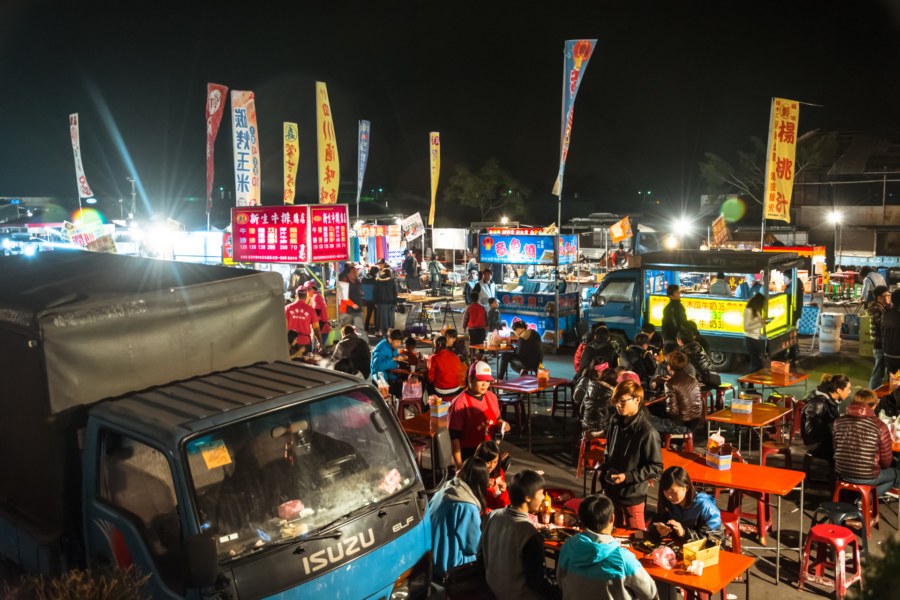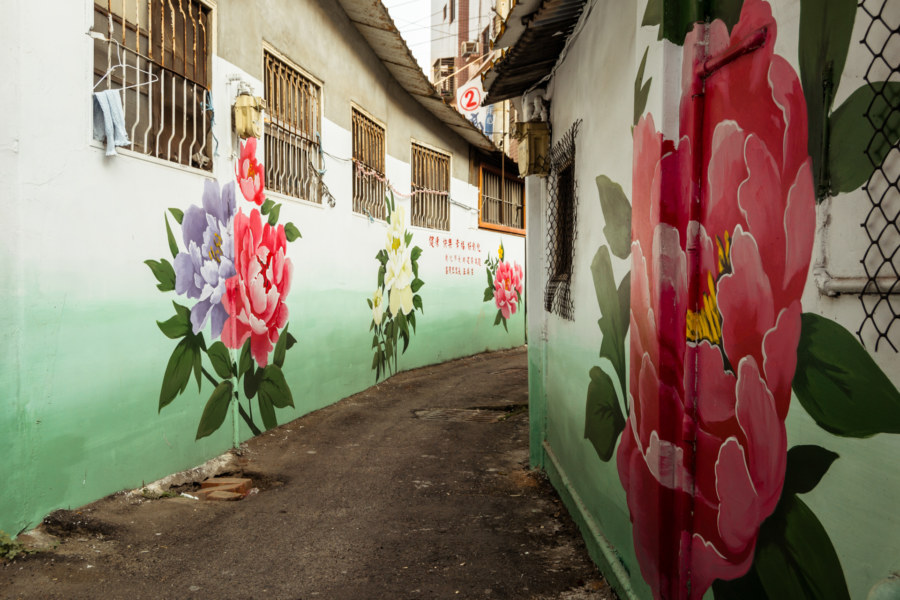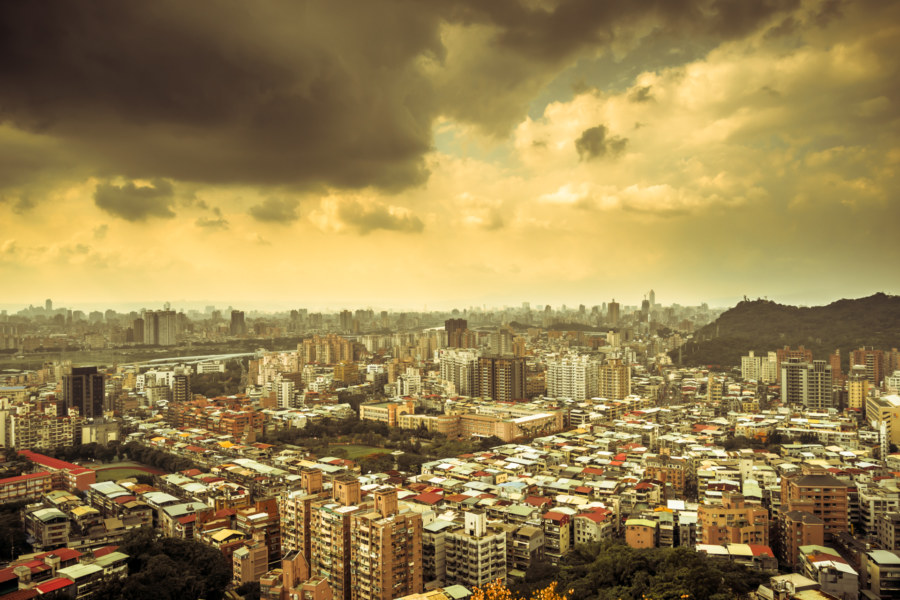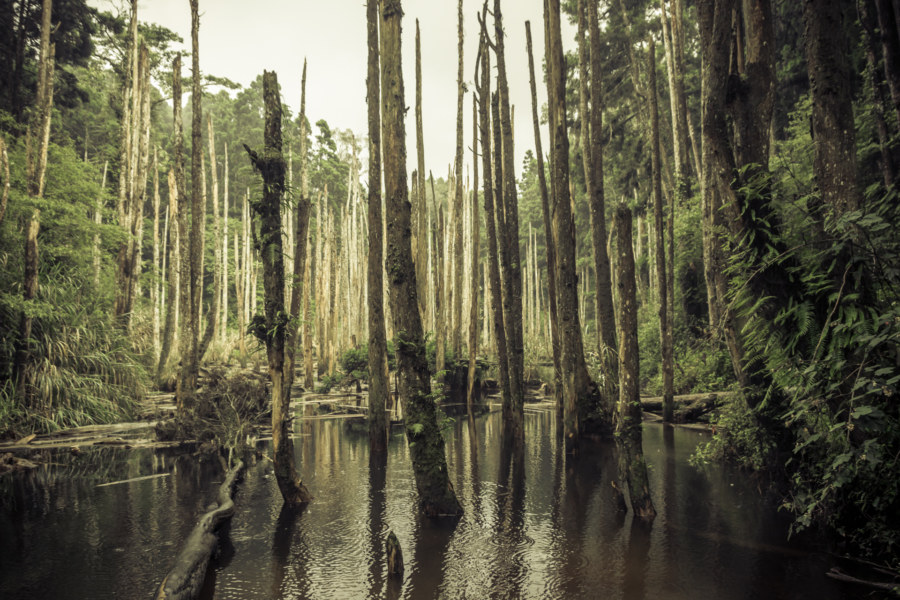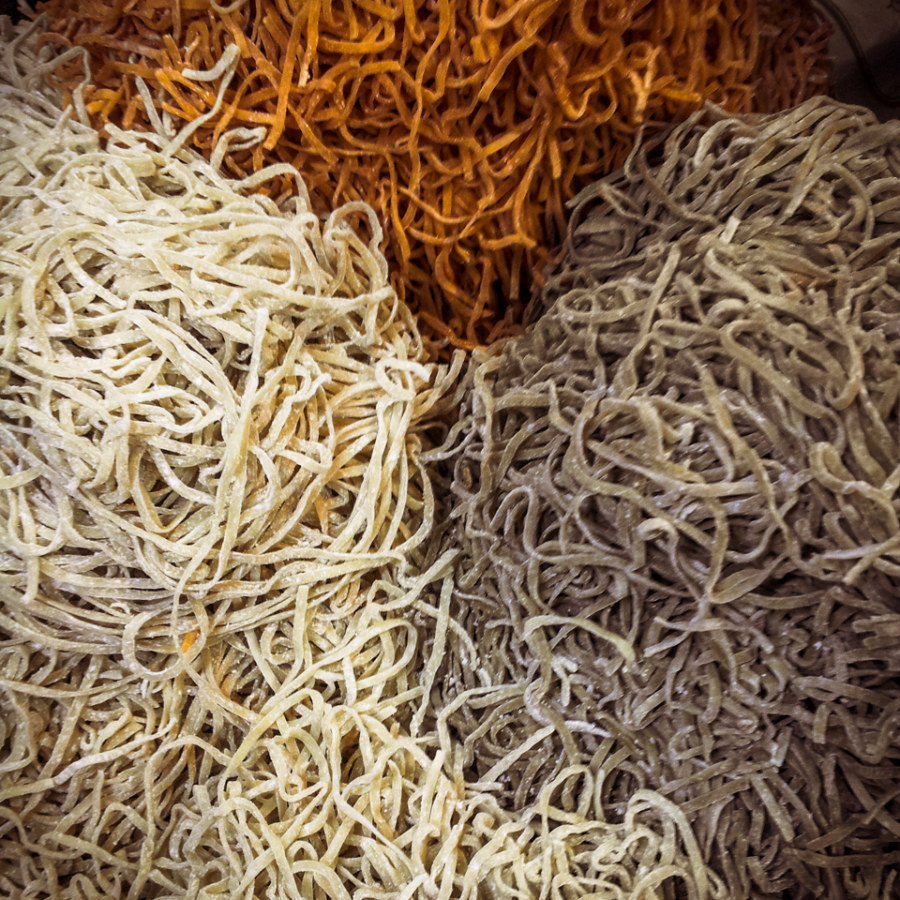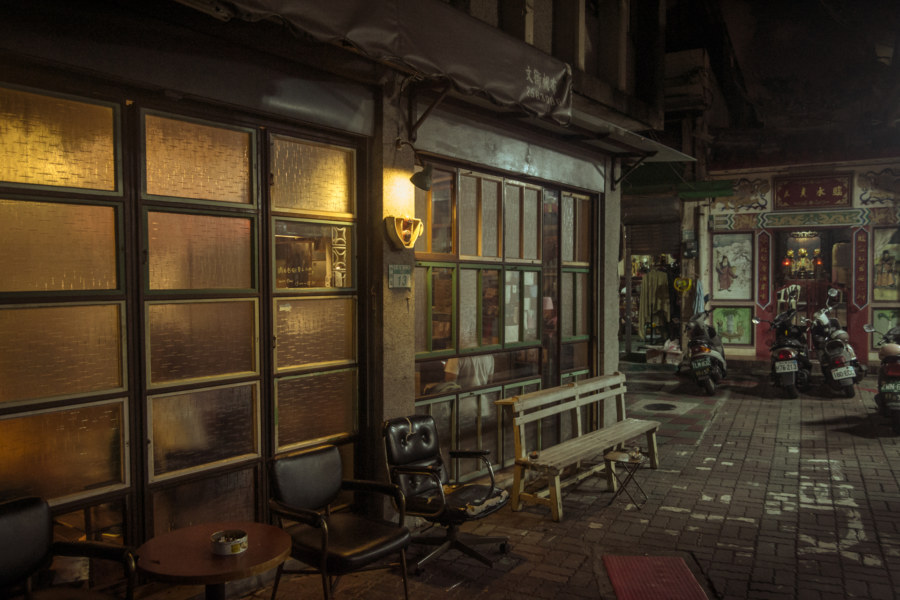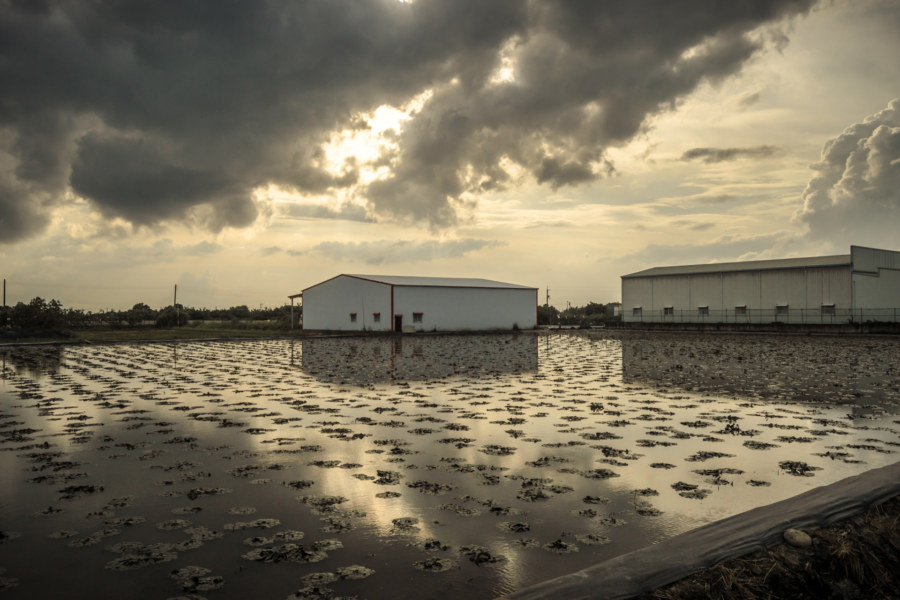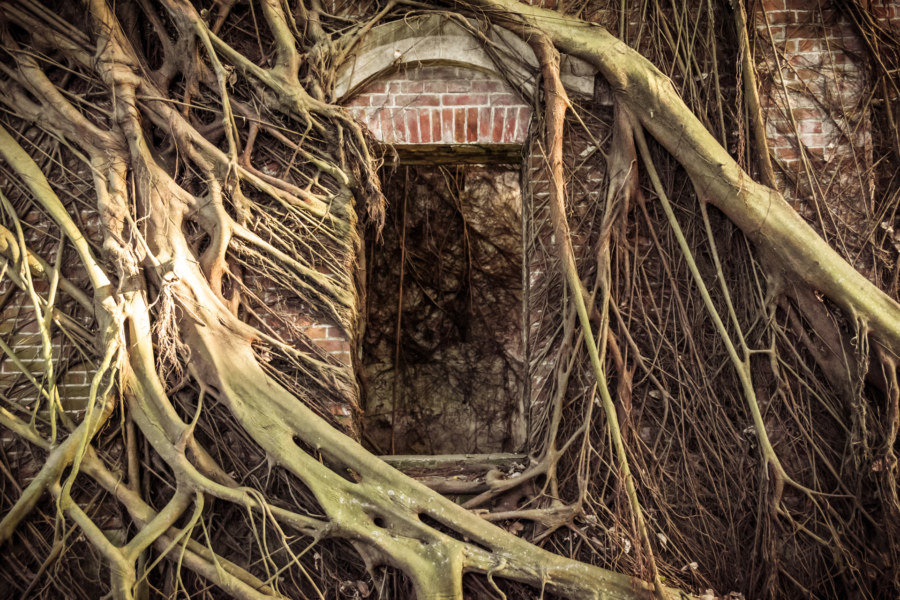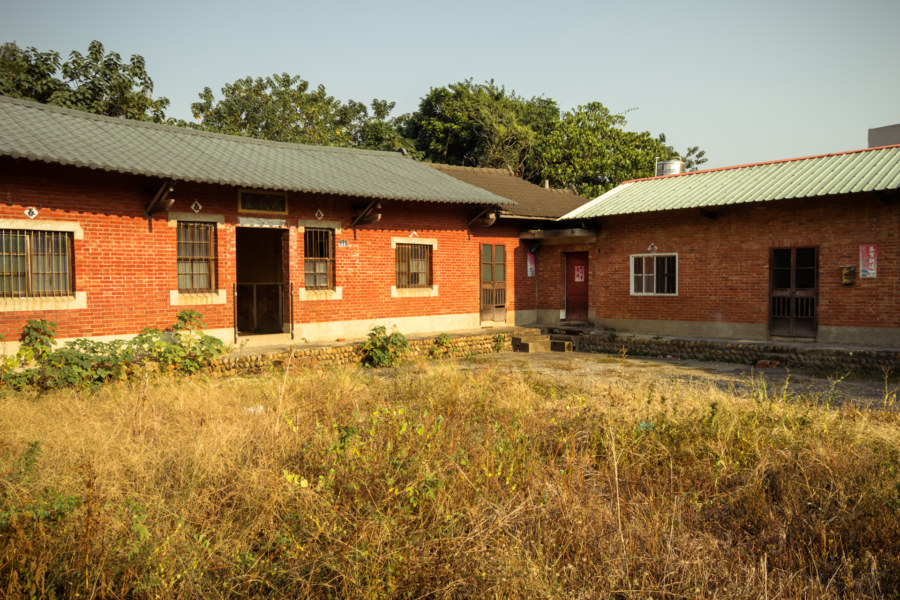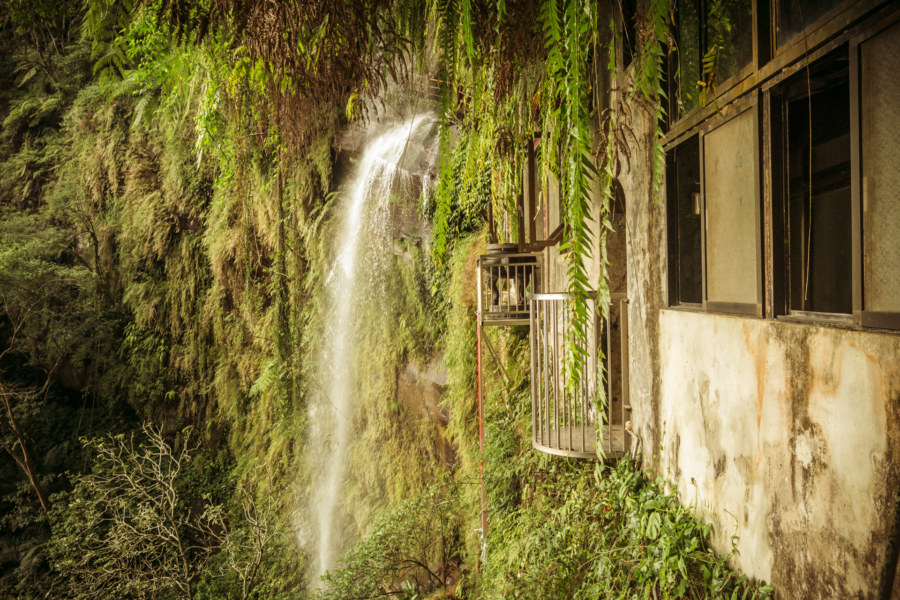Tonight I visited one of the biggest night markets in Nantou, the Cǎoxiédūn Tourist Night Market 草鞋墩人文觀光夜市 in Caotun. Located at the north end of town, the sprawling open air Caotun Night Market offers a somewhat unusual twist on the Taiwanese night market formula of meals, snacks, drinks, cheap goods, clothing and accessories, and fairground games. I have now visited more than a dozen night markets in this area of Taiwan and this one definitely stands out.
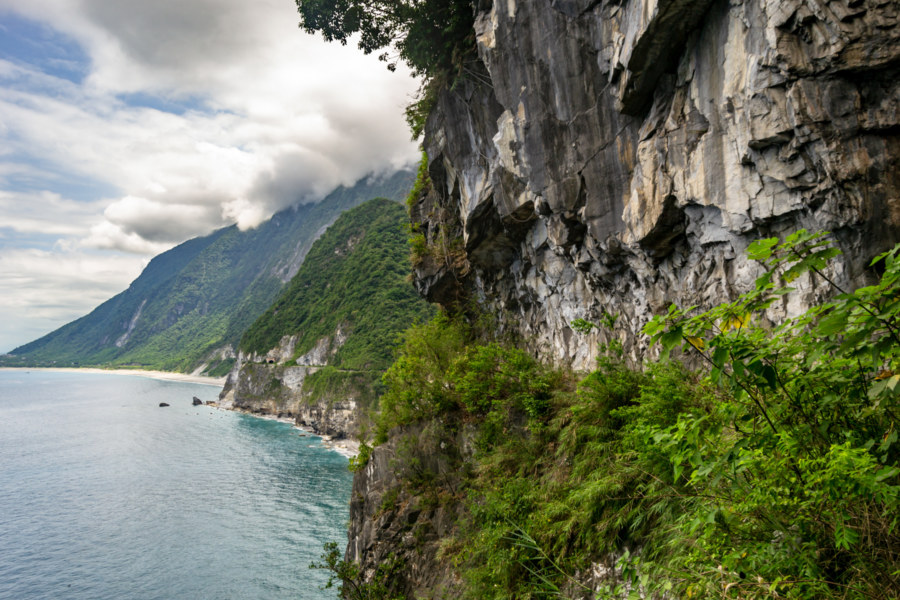
Postcards From Changhua City 1 彰化市明信片一號
I moved to Changhua City in November 2014 to see what it’s like living in a traditional town in central Taiwan. I had an interesting time staying in Tainan for three months earlier that year so I figured why not give Changhua a shot for the wintertime? Changhua is nowhere near as lively and interesting as Taiwan’s old southern capital but it is not without charm. Here I have gathered up some of the more representative images I captured during my first two months of residency, mostly of the area immediately to the east of the train station, which also happens to be the oldest part of town. Explanations are given in the caption of each photo, where available.
Postcards From Wenshan District 文山區明信片
Last year, near the end of 2013, I had the good fortune to move to Wenshan, the southernmost part of Taipei. In late September I was nearing the end of my first round-the-island bicycle tour and put a call out on Facebook asking if anyone knew of a place I could stay for a month or so. That call was answered—and I ended up staying with a couple of cool European guys for six months before heading south to Tainan in April 2014.
Nantou’s Misty Lotus Forest 忘憂森林
Collected here are a series of dreamlike photos from a road trip into the misty mountains of Lugu in Nantou, central Taiwan. I undertook this trip with a friend in July 2014. Our goal was the Lotus Forest 忘憂森林 (pinyin: Wàngyōu Sēnlín), also known as the Misty Forest 迷霧森林, a high mountain bog formed in the aftermath of the catastrophic 921 earthquake when a landslide altered drainage patterns, forming a small lake and drowning part of the existing forest. At an elevation somewhere close to 2,000 meters, the Lotus Forest is often shrouded in thick fog, imbuing it with an eerie mystique that attracts Taiwanese people from all over the island.
How to Eat Like a Local in Tainan
Tainan is known throughout Taiwan for its food—but deciding where to eat can be somewhat daunting, especially for anyone who doesn’t very much Chinese. There are literally thousands of restaurants to choose from—in addition to the many night markets scattered around the city. Taiwan, like any highly digital and developed nation, has a vast number of restaurant reviews online, but it isn’t practical to sift through all those reviews without some degree of fluency (or a lot of patience with the shoddy state of machine translation). And, to be honest, I would much rather know how to find good food than read specific restaurant reviews. I didn’t know much about Tainan’s cuisine when I moved there for three months last spring—so with this post I mean to give you the benefit of my experience as a mostly illiterate foreigner attempting to hack the system and eat well in Taiwan’s historic old capital.
Tainan Working Cafes
Note: this post still receives a fair amount of traffic but it is very out of date. It was only current back in 2014, when it was published. Keep that in mind when reading these recommendations!
What follows is a short list of serviceable working cafes in and around downtown Tainan. What do I mean by a “working cafe”? I mean a cafe where students, freelancers, and remote workers will find the things they need to dig in for an extended period of time and get some work done. My criteria for a good working cafe: decent coffee, the availability of snacks or light meals, comfortable seating, wireless connectivity, unobtrusive music, reasonable prices, long opening hours, welcoming staff, and an ambiance conducive to creative work, especially programming. Of course, it helps if a cafe looks nice too!
A Long Ride From Tainan to Changhua
I have been working very hard these last few weeks—a little too hard, at times. To break the monotony of laying code every day I elected to go for a proper ride yesterday. Since moving to Tainan I haven’t gone on any long rides whatsoever—so I geared up for a day on the road, preparing for almost any eventuality. I had several destinations in mind such as the badlands to the east of the city but struck out to the north on a whim, intending to make it to at least Chiayi City by sundown.
Minxiong Liu Family Mansion 民雄劉家洋樓
The Liu Family Mansion (劉家古厝) in Minxiong, Chiayi, is one of the most famous ruins in all Taiwan. Situated in the countryside just outside of town, this old Baroque Revival-style red brick building is more informally known as the dreaded Minxiong Ghost House (民雄鬼屋). It was built in 1929 for Liú Róngyù (劉溶裕), a businessman with seven children, and appears to have been abandoned sometime in the early 1950s, not long after the end of Japanese colonial rule.
A Traditional Home in Dacun 大村三合院
Today I would like to take you inside an abandoned sānhéyuàn (三合院), a traditional Taiwanese courtyard home. This particular home is in Dacun, a rural township in Changhua, but it is not unique. The Taiwanese countryside is littered with tens of thousands of these old homes, many of which have fallen into disrepair and abandonment over the years. I have given this place a name but it is merely a description of convenience. Chances are it has no formal name.
Yinhedong 銀河洞
Yínhédòng 銀河洞 (literally “Milky Way Cave”) is an extraordinary cliffside temple next to a gorgeous waterfall in the mountains just outside of Taipei. Originally founded in 1914 and extensively renovated in 1958, the temple recently celebrated its centennial, as proclaimed by the red banner draped out front during my first visit in February 2014. In a story that sounds entirely apocryphal, the cave was reputedly a hideout for Chén Qiūjú 陳秋菊, a Shenkeng resident who famously led a rebellion in the earliest years of the Japanese colonial era.
